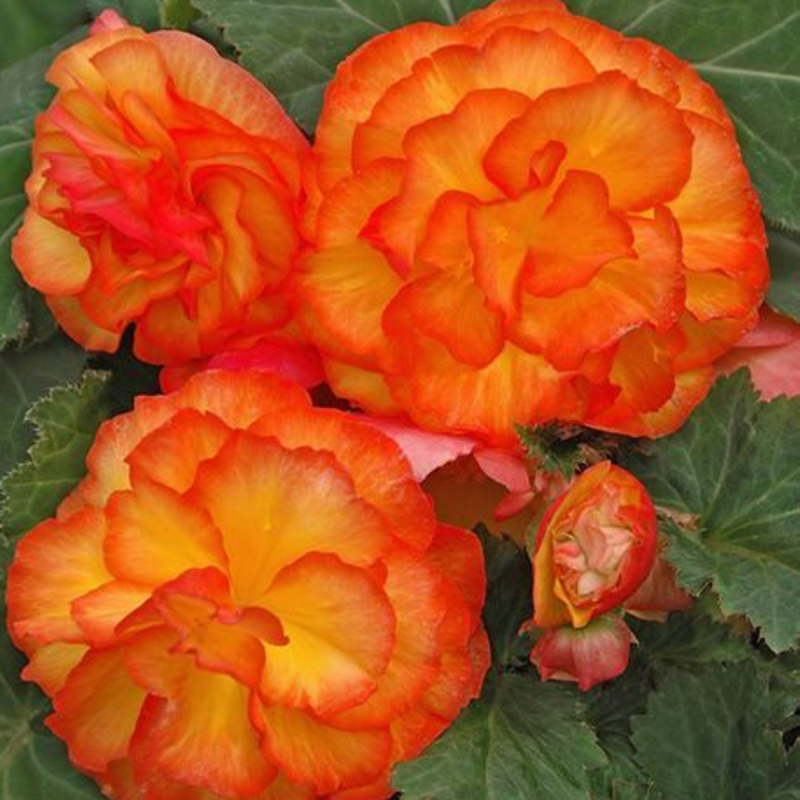- Species and varieties: Double Begonia (Begonia x tuberhybrida) is a popular variety known for its large, double-petaled flowers. These begonias come in a range of colors including red, pink, white, yellow, and orange. They are typically grown as annuals in most climates but can be perennial in warmer regions.
- Hybrid or heirloom: Double Begonia seeds are often hybrids, bred for their vibrant colors and large, showy flowers. Hybrid varieties are created by cross-pollinating different species to produce plants with desirable traits such as improved vigor, disease resistance, and unique flower forms.
- Pruning and training: Double Begonias require minimal pruning. Remove spent flowers and dead or yellowing leaves to encourage new growth and maintain plant health. Pinching back the stems can promote bushier growth and more blooms.
- Fertilization needs: Double Begonias benefit from regular fertilization. Use a balanced, water-soluble fertilizer every 2-4 weeks during the growing season. Avoid over-fertilizing, as this can lead to excessive foliage growth at the expense of flowers. A slow-release fertilizer can also be used at the beginning of the growing season.
- Hardiness zones: Double Begonias are suitable for USDA hardiness zones 9-11. In these zones, they can be grown as perennials. In cooler zones, they are typically grown as annuals or brought indoors during the winter months.
- Climate requirements: Double Begonias thrive in mild, temperate climates with moderate humidity. They prefer partial shade to full shade and do not tolerate extreme heat or direct sunlight well. Ideal growing temperatures range from 60°F to 75°F (15°C to 24°C).




